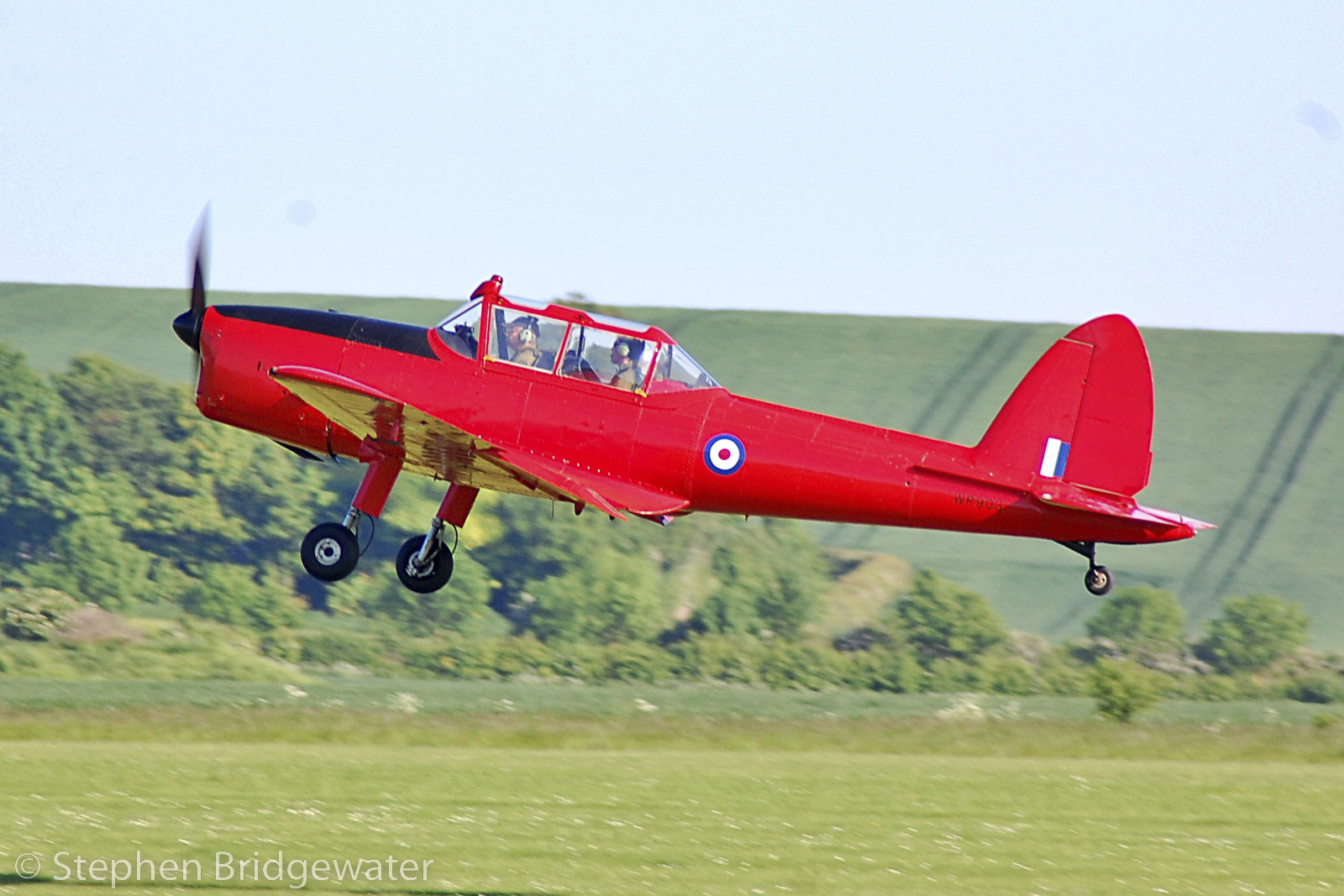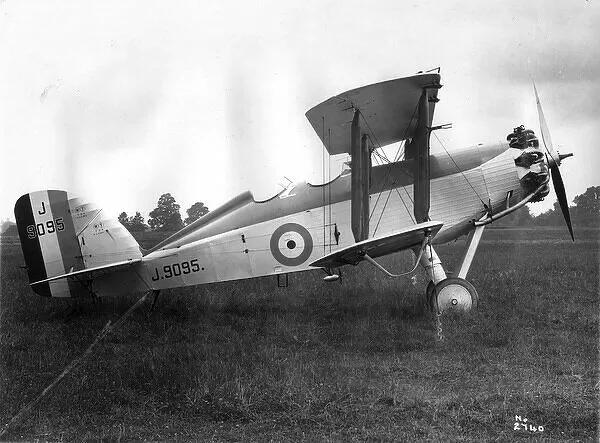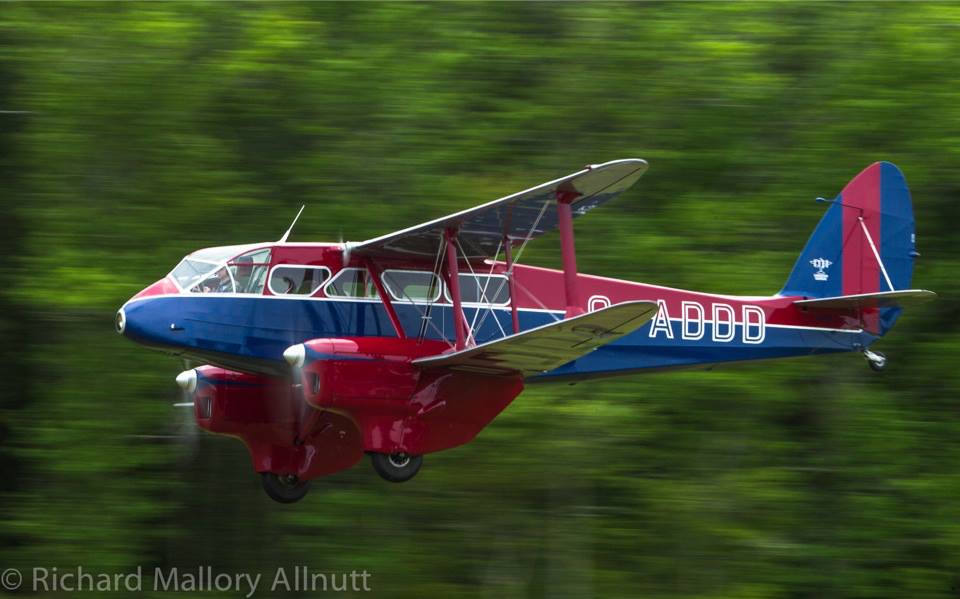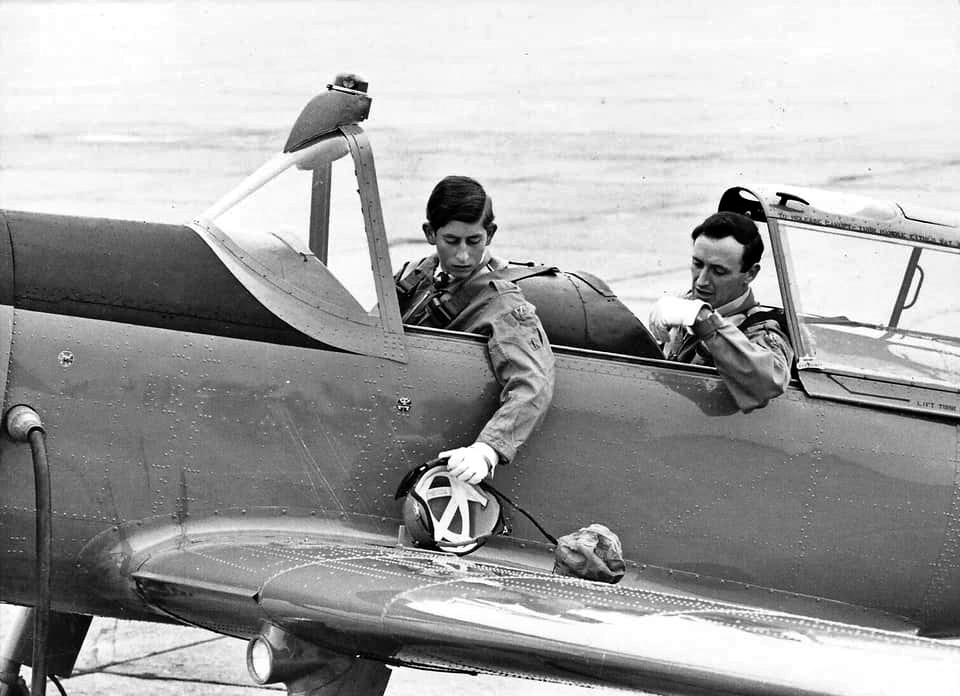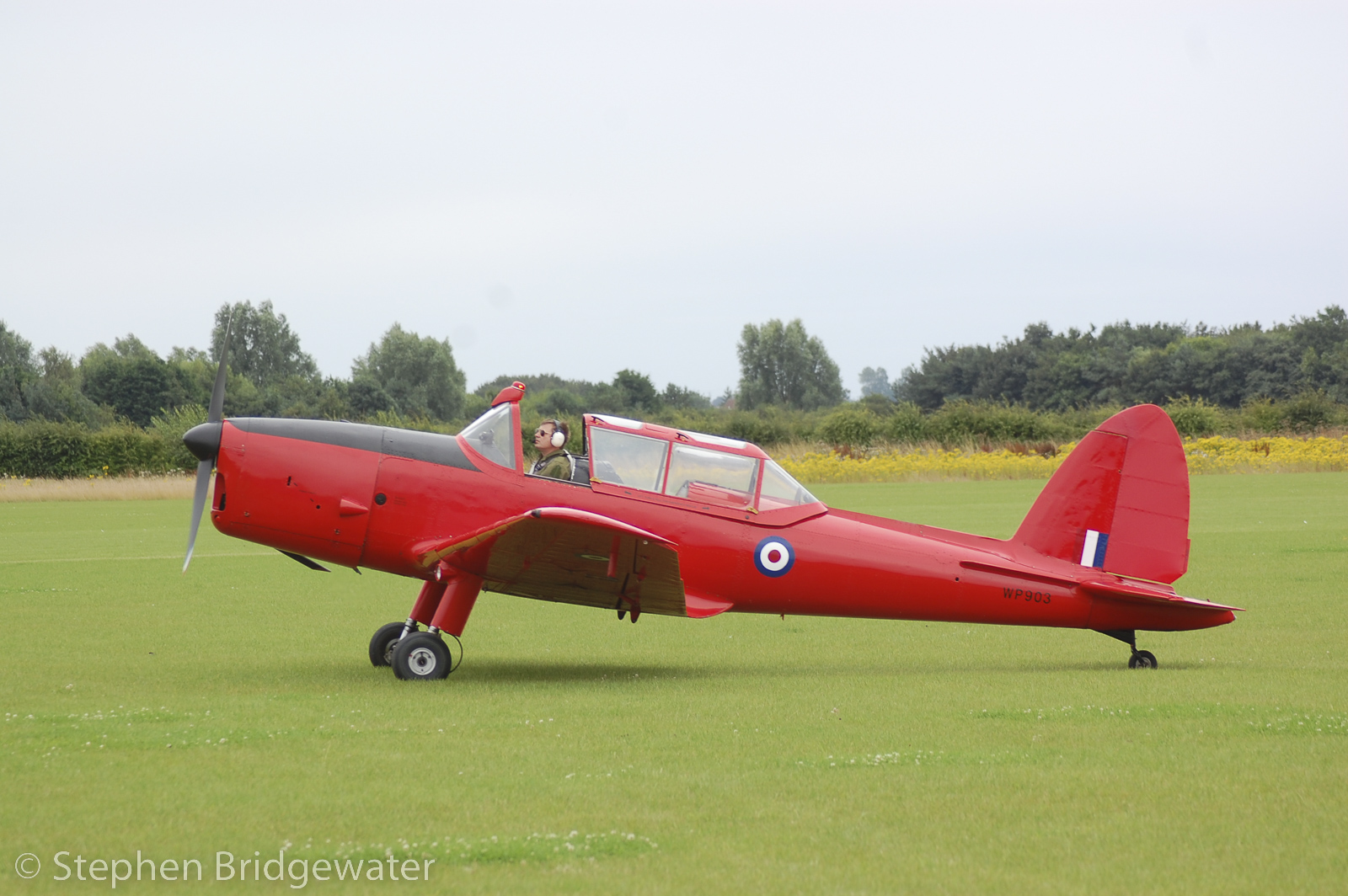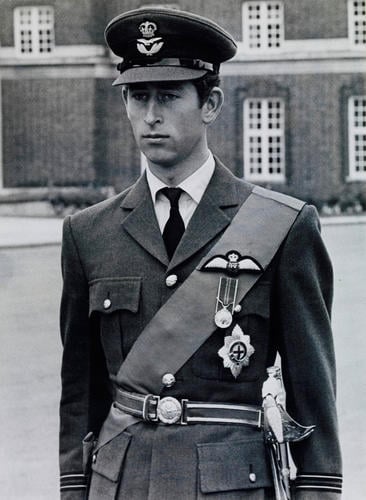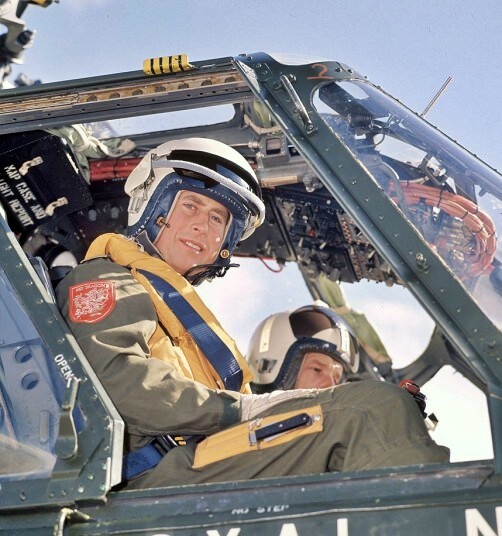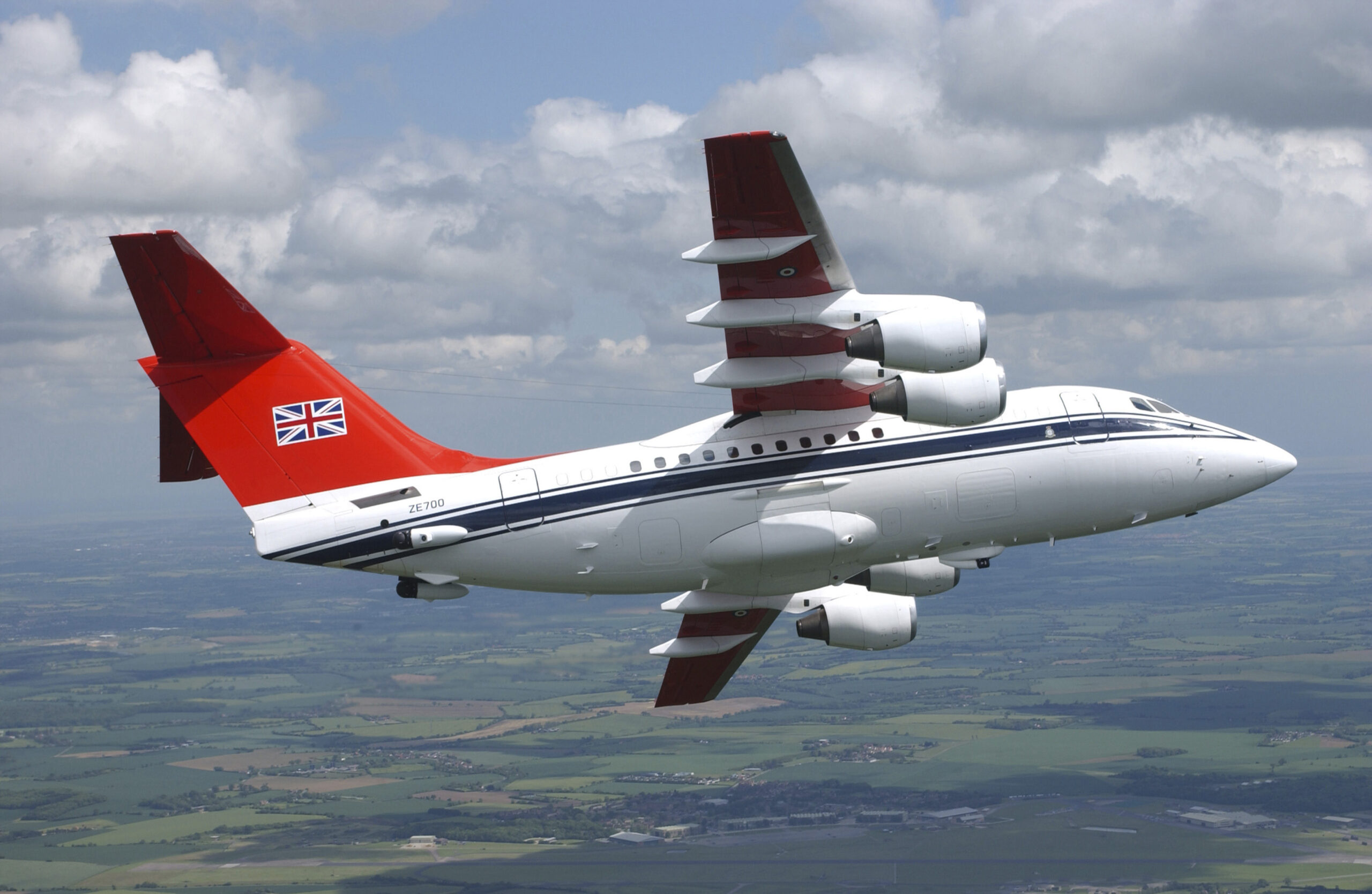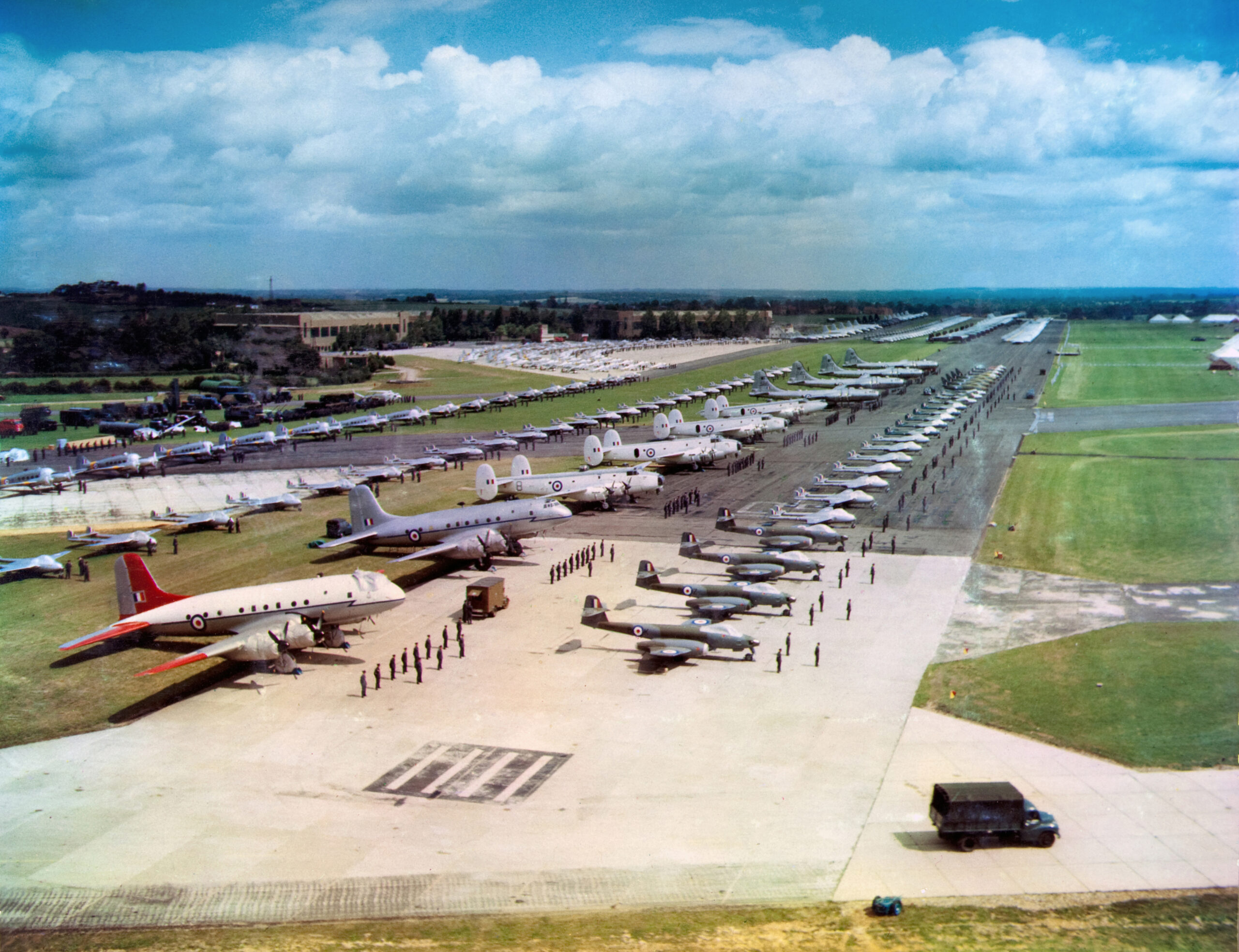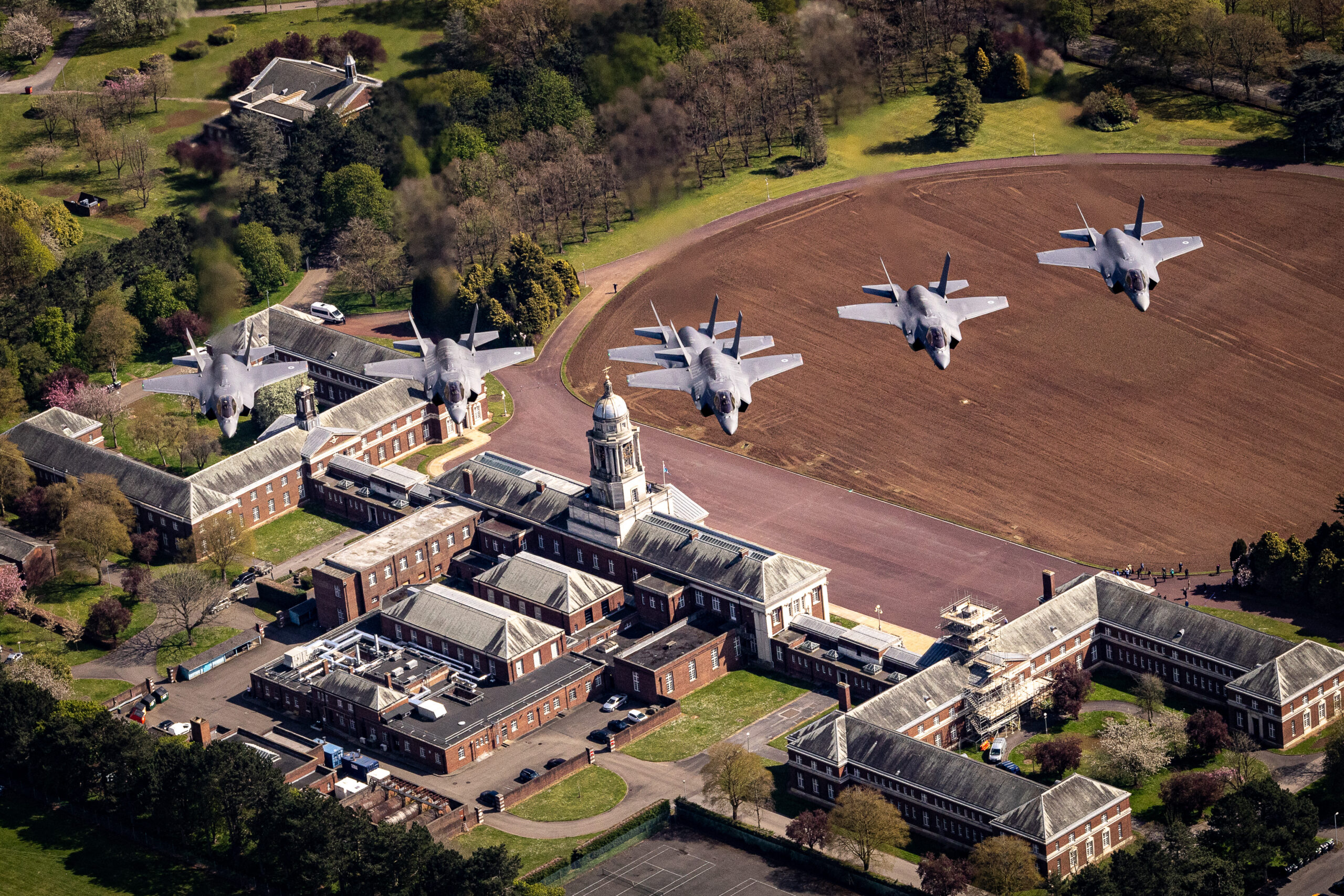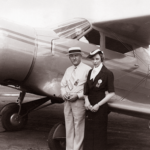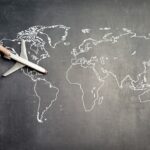The Pilot King
As the UK prepares to crown King Charles III, Stephen Bridgewater looks back at the military flying career of the new monarch.
On Saturday May 6th, 2023, King Charles III of England will be crowned at Westminster Abbey in London, England. While many pilots may think that they are kings of the sky, this king really is a pilot!
While he was still the Prince of Wales, King Charles received pilot training from the Royal Air Force and also flew helicopters with the Royal Navy. Up until the 1990s, he would routinely fly himself to and from appointments in aircraft belonging to the Queen’s Flight – also known as No.32 (The Royal) Squadron, RAF.
Britain’s Royal Family has a long flying history; in fact the first recorded flight by a British royal occurred on July 17, 1917th, when the future King Edward VIII (then Prince of Wales) flew over northern France as a passenger in a Bristol F.2B. He would fly several times before the end of the conflict, including a trip over Italy with the legendary Canadian ace, Maj William Barker VC at the controls. However, upon hearing this, the prince’s father, King George V, forbade him from flying any further, a situation which endured until the late 1920s.
The King’s Flight
A brace of Westland Wapitis, which arrived with No.24 Squadron at RAF Northolt in 1928, became the first two aircraft in the King’s Flight; the biplane performing a VIP transport role. In 1929, Prince Edward received permission to take flying lessons, whereupon he bought a de Havilland DH.60 Moth (G-AALG), which his younger brothers, the Dukes of Gloucester and Kent, also used to qualify for their pilots’ wings.
By the time he ascended the throne in 1936, the Prince would buy a further eleven aircraft, including two de Havilland Puss Moths (G-ABNN & G-ABFV), a Fox Moth (G-ACDD), Dragon (G-ACGG), several Dragon Rapides and a specially commissioned Vickers Viastra X (G-ACCC). The latter was lavishly fitted out as a ‘Royal Barge’ and, like most of the aircraft in his fleet, it wore a blue and red livery inspired by the Brigade of Guards.
The Prince employed Flt Lt Edward ‘Mouse’ Fielden as a full-time pilot; he accompanied him on all flights other than those in the Prince’s single-seat Comper Swift air racer. Most of the aircraft were based at RAF Hendon, where they were unofficially referred to as ‘The Royal Flight’.
When he ascended the throne as King Edward VIII in 1936, one of the new monarch’s first decision was to create an official King’s Flight; the world’s first official aircraft unit for a head of state.
No.24 Squadron at RAF Northolt near London formed the basis for the Flight; the squadron having operated the aforementioned Wapitis as part of its Communications Flight since 1928. ‘Mouse’ Fielden received a promotion to Captain and retained his role leading the Flight, a post he would hold until 1961, when he retired as Air Vice Marshal Sir Edward Fielden.
King Edward VIII abdicated on December 11th, 1936; his younger brother, the Duke of York succeeded him to become King George VI. The new king continued the Flight, adding an Airspeed Envoy III (G-AEXX) in May 1937. The Envoy came equipped with seats for four passengers plus a pilot, wireless operator and steward.
King Charles
Her Majesty Queen Elizabeth II succeeded her father as monarch in February 1952, and over the coming years, the renamed Queen’s Flight continued to grow. Although the Queen herself was never a pilot, her husband, the late Prince Phillip, Duke of Edinburgh was a keen flyer. It was therefore no surprise that the young Prince Charles was to follow in his father’s wake, developing a passion for the skies.
Whilst studying at Cambridge University, the Prince began two and a half years’ of flight training under the tutelage of then-Sqn Ldr Philip Pinney. Like other pilots of his era, the young Prince undertook his pilot training on the venerable de Havilland Canada DHC-1 Chipmunk, with Chipmunk T.10 WP903 allocated specifically to him for lessons.
Unlike other ‘Chippies’, WP903 wore a Dayglo red livery and had a large rotating warning lamp (dubbed the ‘Parrot’) mounted atop the canopy. WP903 began its service with the Queen’s Flight on September 20th, 1960. Interestingly, both Prince Phillip and Prince Michael, The Duke of Kent, had learned to fly in this same airframe before Charles started his own flying career.
Sqn Ldr Pinney flew a total of 101 sorties with the man who would become King. Starting his training at RAF Tangmere, Prince Charles went on to perform his first solo flight at RAF Bassingbourn on January 14th, 1969, followed by the award of his Pilots Licence in March 1969, and his RAF Preliminary Flying Badge on August 2nd of the same year.
Pinney and the Prince became firm friends, regularly fishing and climbing together and the instructor even attending his famous student’s 21st birthday party.
WP903 itself would serve the RAF until 1974 when Britain’s Ministry of Defence sold it to the Culdrose Gliding Club which used it as a glider tug until December 1996. The Henlow Chipmunk Group then acquired the airframe, restoring it to its Queen’s Flight configuration. Today WP903 can be found at Old Warden aerodrome, the famous home of the Shuttleworth Collection; over the Coronation weekend, it will be appearing at the collection’s first air show of the 2023 season.
Naval Aviator
After qualifying for the award of his preliminary flying badge on the Chipmunk, the Prince moved on to the Beagle Basset CC.1, clocking up a further 90 hours of multi-engined flying before he transitioned to a jet training course. Pathé News footage of the young Prince flying the Basset is viewable below…
With the rank of Flight Lieutenant, the Prince arrived at RAF College Cranwell in March 1971 to fly the BAC Jet Provost T.5. However, before he could take to the skies, he had to complete the same ground school, technical training, combat survival, emergency drills and cockpit procedures as the rest of his course mates.
Prince Charles finally started his jet flying on March 19th, 1971, with Sqn Ldr (later Air Chief Marshal and Sir) Richard Johns as his instructor. Whilst his time in the RAF was short, the training he received prepared Prince Charles for a military career in the Royal Navy and gave him his first taste of military flying.
His Majesty transferred to the Commando Training Centre Royal Marines in Lympstone, Devon in 1972, where he qualified as a helicopter pilot flying the Westland Wessex Mk.5. During his training, the Prince earned the ‘Double Diamond’ trophy as best pilot, before moving to 707 Naval Air Squadron and then to 845 Naval Air Squadron, flying the Commando version of the Wessex from the aircraft carrier HMS Hermes.
He received the command of his own ship, the minehunter HMS Bronington, for the final 10 months of his active service in the Royal Navy, which ended in 1976.
Despite stepping down from the military to concentrate on his royal duties, Prince Charles (now King Charles III) has remained close to the armed forces and in 2012 Queen Elizabeth II awarded him the highest rank as Marshal of the Royal Air Force. The new King also holds the honorary rank of Admiral of the Fleet in the Royal Navy and ascended to the position of Air Commodore-in-Chief of the RAF following the death of Her Royal Highness Queen Elizabeth II in September last year.
King Charles two sons, William and Harry, also pursued careers in the military – with William flying Sea King search-and-rescue helicopters with the RAF and Harry flying the Westland-built WAH-64 Apache with the British Army Air Corps.
The Pilot King
The fact that Britain’s new monarch was an aviatior was not lost on Ukrainian President Volodymyr Zelenskyy, who used a historic speech in the UK’s Houses of Parliament earlier this year to praise King Charles’s support for Ukraine. Referring to the King’s own air force training, Zelenskyy said: “In Britain, the king is an air force pilot and in Ukraine today, every air force pilot is a king.”
Even after his military career was over, Prince Charles would regularly fly the aircraft of the Royal Flight. However, the monarch gave up flying in 1994 when the four-engined BAe 146 airliner he was piloting ran off the runway on Islay, an island off the west coast of Scotland.
According to the official accident report, the aircraft landed with a tailwind component of 12kts following an unstable approach that was both above the normal approach path and too fast. The aircraft touched down on its nose landing gear, and ‘wheelbarrowed’, delaying the activation of the weight-on-wheels switches and hence the deployment of the lift spoilers and the selection of ground idle power. The weight-on-wheels switches activated with 509m of runway remaining, but the wheels then locked and the aircraft ran off the end of the airstrip and received damage.
Thankfully, nobody was hurt in the high-profile accident, with the Prince later commenting: “It wasn’t quite a crash. We went off the end of the runway, unfortunately. It is not something I recommend!”
Nevertheless, the future King Charles took the decision to ground himself following the incident, something which St James’s Palace said at the time was a ‘personal decision the Prince took on his own’.
Coronation Flypast
In June 1953, almost 300 aircraft overflew London to mark the coronation of Queen Elizabeth II and the following month a special Royal Review took place at RAF Odiham. There, Her Majesty the Queen viewed a static park consisting of more than 300 RAF aircraft and later watched a flypast of over 600 aircraft belonging to the RAF and Commonwealth air forces.Pathé News also created a short film covering the 1953 Coronation Flypast, as seen below.
The event held at RAF Odiham, 15th July 1953 was the culmination of seven month’s planning can be seen in this view of the immaculately parked aircraft and their crews as they wait in the afternoon sun for Her Majesty to inspect them. This display was the largest display of military airpower that this country has ever seen (still to this day). Over 300 static aircraft and a fly past of over 600 aircraft.
The Coronation Flypast for King Charles III will be a far more modest affair (if the fickle British weather allows it to happen at all). If everything goes to plan, around 60 aircraft will fly down The Mall in London and overhead Buckingham palace at 14:30hrs GMT. Types expected to participate include Juno, Wildcat, Apache, Merlin, Chinook and Puma helicopters as well as Typhoon and F-35B fast jets, Texan T.1 and Phenom T.1 trainers and ‘heavies’ including the C-17, A-400M Atlas, Voyager, P-8 Poseidon MRA.1, RC-135 Rivet Joint, Envoy IV (Dassault Falcon 900) and the C-130J Hercules. The latter type will be making one of its final public appearances before retiring from RAF service.
Of course no Royal Flypast would be complete without the Lancaster, Spitfires and Hurricanes of the RAF’s Battle of Britain Memorial Flight and the iconic, scarlet Hawk T.1s of the Red Arrows.
No matter the weather, one thing seems certain – Britain’s new King will be looking up at the flypast with nostalgic eyes and perhaps a twinge of envy that he is not in a cockpit himself.







